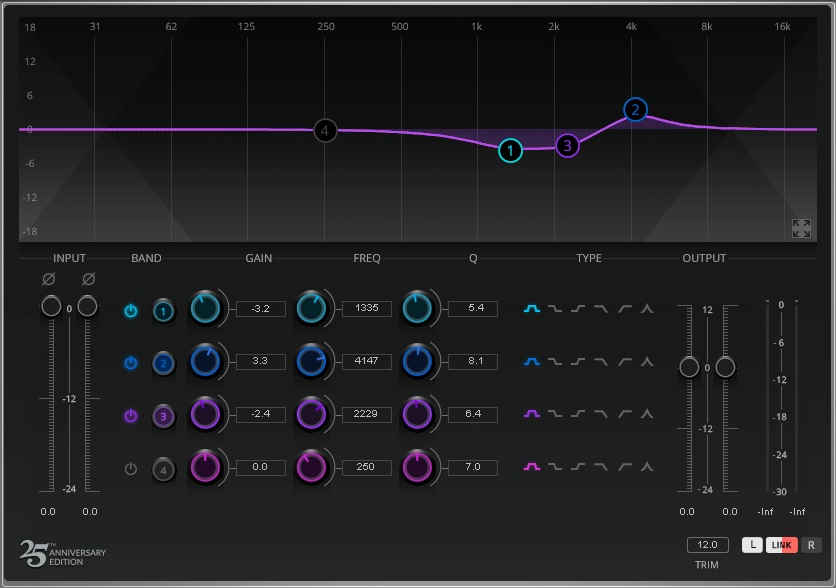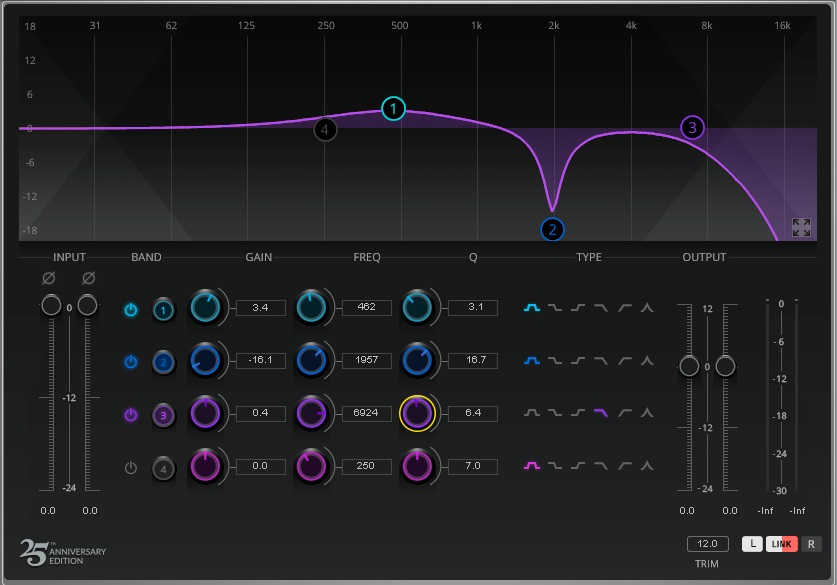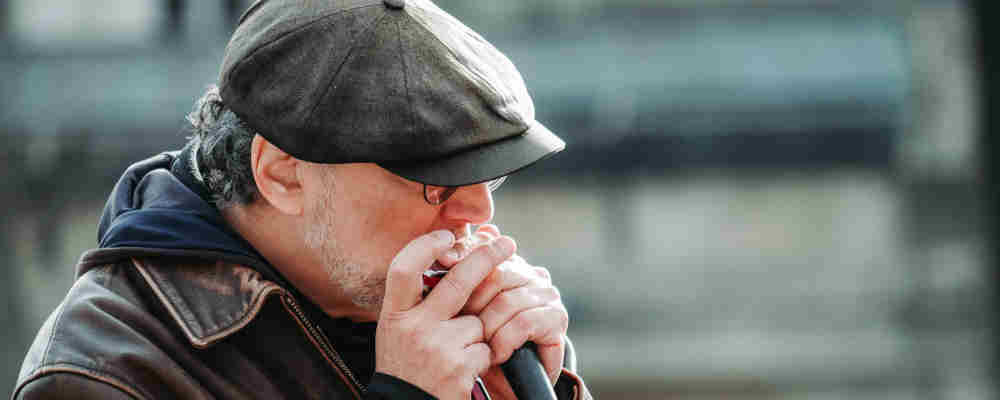It’s a cool little instrument—and with right the right processing, delivers a big sound.
Back in the 60s, harmonicas were a major part of pop music. The Beatles, Rolling Stones, other English invasion bands, Led Zeppelin—as well as folkies like Bob Dylan—used harmonicas in their music.
But I liked the “blues harp” players. My band at the time was often on the same bill as a lot of the blues veterans like Buddy Guy, Junior Wells, Muddy Waters, and others, so I got to hear blues harp at its best. Sonny Boy Williamson’s “Keep It to Yourself” is a good example of “pure” blues harmonica.
The Paul Butterfield Blues Band amped up the blues harp into a rock and roll instrument with its own amazing voice. Here’s a good example, Paul Butterfield doing Born in Chicago (with Mike Bloomfield and Elvin Bishop on guitars).
I thought it was a great, low-down dirty, sensuous sound that made pop music harmonica sound like water compared to Jack Daniels. I wanted to incorporate that sound into my music, but try as I might, I couldn’t. How did they do it?
Then I found the three keys to playing blues harp, and may I suggest if you don’t play blues harp, it’s a lot of fun. Besides, it’s inexpensive, portable, and can add entirely different textures to your music—and as we’ll see, once you get a DAW involved, you can really take off.
But first—if you don’t know about cross-harp playing, that knowledge is mandatory.
“CROSS-HARP” EXPLAINED
Harmonicas come in different keys, but if you want to sound like Junior Wells instead of Bob Dylan, you need to learn about the concept of “cross-harp”—choosing the harmonica key that’s a fourth above the song key. For example if you’re playing guitar in the key of E, you want an A harmonica. This lets you pitch bend the reeds down when sucking to give that mighty blues tone, and they’ll end up in the right places for the key of E. Here’s a chart, and also, a PDF from Lee Oskar, that goes into details about both major and minor harmonica tunings.
Next, remember that harmonicas require that you both blow and suck. Sucking is what pulls the notes down and gives that swampy, bluesy vibe. The more you play, the more flexible the reeds become so it’s easier to bend the notes (some players soak their harmonicas in beer because they claim it makes the reeds more flexible…but I think it’s just an excuse to drink the beer).
Next you have to learn to breathe. There are a billion how to play harmonica videos on the web, but this one explains it all without a single word. Once you get past the shock of the first few seconds and realize this is all done without words, pay attention…watch and learn. She nails it.
Beck Wenger How to Play Harmonica (The Blues)
ENTER THE DAW
Okay…now you’re playing in the right key, bending notes, and starting to think that maybe this isn’t such a crazy idea for a post after all. Time to boot up your DAW of choice.
Start with a dynamic mic, or a dedicated harmonica mic like the Shure 520 DX Green Bullet mic. I use a Shure SM58 with a foam wind screen, and hold the mic right up to the harmonica so my hands hold both the harmonica and the mic. The idea isn’t just to close-mic, but to smother the mic with the harmonica—my harmonica actually pushes into the foam wind screen.
And now, the secret ingredient: an amp sim for guitar, combined with EQ. A Fender-type amp you can overdrive is a good option because it’s not too clean or too dirty, but also, a little spring reverbhelps give that vintage blues harp sound.
The following two EQ settings worked for me on different songs, but it’s impossible to give recommended settings because the results depend on your mic, playing technique, harmonica, how you have the amp sim set up, and the like. The following EQ was used on the song “I’ll Take You Higher”; the amp sim had a fair amount of drive, so the EQ drops the mids a bit and gives a slight, high-mid boost so the sound cuts a bit more.

The next EQ settings were used for the song “Our Independence Day.” This has harmonica in more of a rock context; the main difference compared to the previous example is piling on the amount of drive. This gives a kinda nasty midrange, so the EQ cuts the mids and highs.

I know this is a bit of a departure from the kind of content you might expect on this site, but whenever I play anything with a harmonica for people, the reaction is always something along the lines of “Hey, it’s a harmonica! Cool!” So now you have the power to blow and suck…use it only for good.
